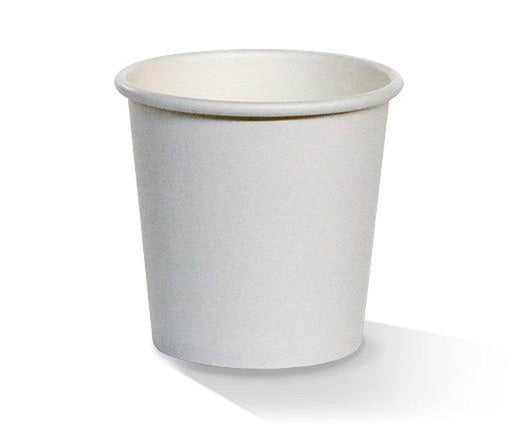Introduction In the wake of growing environmental concerns, the quest for sustainable alternatives has become paramount across various industries. Among the many culprits contributing to environmental degradation are disposable items like paper coffee cups and food clamshell containers. However, innovation and consumer demand are driving changes, pushing for eco-friendly solutions that mitigate waste and promote sustainability.
The Predicament of Paper Coffee Cups Paper coffee cups have become ubiquitous in our daily lives, fueling our caffeine cravings on the go. However, their convenience comes at a significant environmental cost. Traditional paper cups are lined with polyethylene, a type of plastic that makes them non-recyclable and non-biodegradable. Consequently, billions of paper coffee cups end up in landfills each year, exacerbating the global waste crisis.
The Rise of Sustainable Alternatives In response to mounting environmental concerns, the demand for sustainable alternatives to paper coffee cups is on the rise. Compostable coffee cups made from plant-based materials, such as cornstarch or sugarcane fibers, are gaining popularity. These cups decompose naturally, minimizing their impact on the environment. Furthermore, reusable coffee cups made from durable materials like glass or stainless steel offer a long-term solution, reducing single-use waste and promoting eco-conscious habits among consumers.
Innovations in Food Clamshell Containers Similarly, food clamshell containers, commonly used in the food service industry for packaging takeout meals, pose environmental challenges. Most conventional clamshell containers are made from polystyrene, a petroleum-based plastic notorious for its environmental hazards. These containers can take centuries to decompose and often end up polluting oceans and harming marine life.
To combat this issue, manufacturers are developing eco-friendly alternatives to traditional clamshell containers. Biodegradable containers made from materials like bagasse (sugarcane fiber) or PLA (polylactic acid) offer a sustainable option for packaging food. These containers break down naturally, reducing landfill waste and minimizing the carbon footprint associated with food packaging.
Challenges and Opportunities While the shift towards sustainable alternatives is encouraging, challenges remain. Cost considerations, supply chain logistics, and consumer behavior pose significant hurdles to widespread adoption. Additionally, education and awareness campaigns are crucial in informing consumers about the environmental impact of their choices and encouraging them to opt for sustainable alternatives.
However, these challenges also present opportunities for innovation and collaboration across industries. Businesses can leverage technological advancements and consumer insights to develop cost-effective and environmentally friendly solutions. Furthermore, government policies and regulations can incentivize businesses to prioritize sustainability in their operations, fostering a culture of environmental responsibility.
Conclusion In conclusion, the quest for sustainability is reshaping the landscape of disposable items such as paper coffee cups and food clamshell containers. As consumers become increasingly conscious of their environmental footprint, the demand for eco-friendly alternatives continues to grow. By embracing innovation and collaboration, businesses can play a pivotal role in driving positive change towards a more sustainable future. Let's make conscious choices and support initiatives that prioritize the planet's well-being. For sustainable packaging solutions, visit pakio.com.au.






Comments